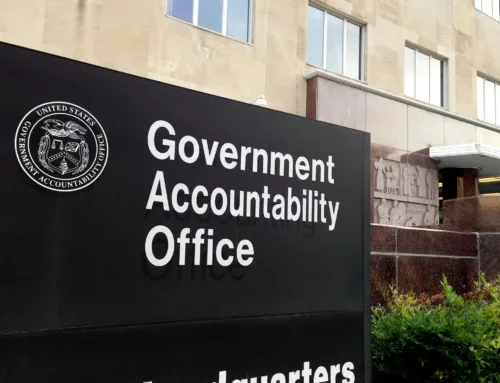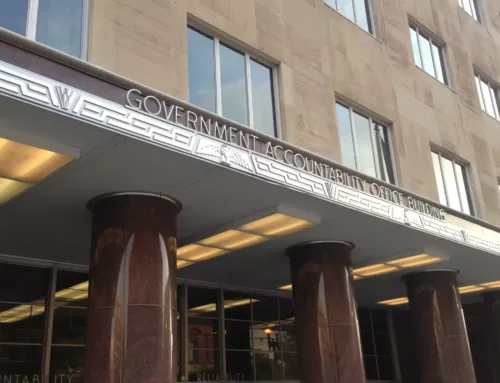Right now, the Senate is bogging down on Sen. Gregg’s “Second Look at Wasteful Spending” amendment. That’s a pretty good name for what I’ve essentially called in the past a “do over” on spending. The name that is least appropriate is what it is most often called – Line Item Veto. There’s a lot of information swirling about on this proposal, but to clear it up – it’s really just “enhanced recission authority.” But even a budget geek like me thinks that’s too wonky. We sent a letter last year supporting the House version of the President’s proposal (which is what Sen. Gregg has used for his amendment). How is this different than the Line Item Veto that passed in in 1996 and was found unconstitutional? A lot. In a true line-item veto the burden is on congress to overturn it (just like in a veto) in this proposal, the burden is on the President to get Congress to sustain his recission request, otherwise it dies.
Currently there is a recission process – the president can send proposed rescissions of spending (budget authority, tax, etc) to the Congress for their consideration. President Reagan used to do that a lot. Thing is, the simplest and usual response from Congress was to just ignore the recission. What this proposal does is essentially creates some extraordinary mechanisms to force the recission through for a vote in both chambers. Then the recission is treated the same as any other bill. It must gain a majority vote in both chambers to be approved. So a simple majority in either chamber can stop it, instead of the 2/3 required overturn a (line item) veto.
There are a few other elements but that is the base issue. The President can only send 4 a year, they will be bundled, the President can only hold up the funding for 45 days, and the whole system turns into a pumpkin in 4 years.
There’s a lot of debate about whether this should be part of S. 1 or not, but on the merits, clearly Sen. Gregg’s provision is worthwhile and will be one of the few tools on the budgetary tool belt capable of reining in wasteful spending.
Also, yesterday I mentioned that Sen. Feinstein’s amendment (70) to bring greater transparency to earmarks in the black budget – requiring an unclassified description and the name of the member – was a good first step (there shouldn’t be any earmarks in the classified budget).
The text of the Feinstein amendment:
SA 70. Mrs. FEINSTEIN (for herself and Mr. Rockefeller) submitted an amendment intended to be proposed to amendment SA 3 proposed by Mr. Reid (for himself, Mr. McConnell, Mrs. Feinstein, Mr. Bennett Mr. Lieberman, Ms. Collins, Mr. Obama, Mr. Salazar, and Mr. Durbin) to the bill S. 1, to provide greater transparency in the legislative process; as follows:
On page 7, after line 6, insert the following:
“4. It shall not be in order to consider any bill, resolution, or conference report that contains an earmark included in any classified portion of a report accompanying the measure unless the bill, resolution, or conference report includes to the greatest extent practicable, consistent with the need to protect national security (including intelligence sources and methods), in unclassified language, a general program description, funding level, and the name of the sponsor of that earmark.”.










